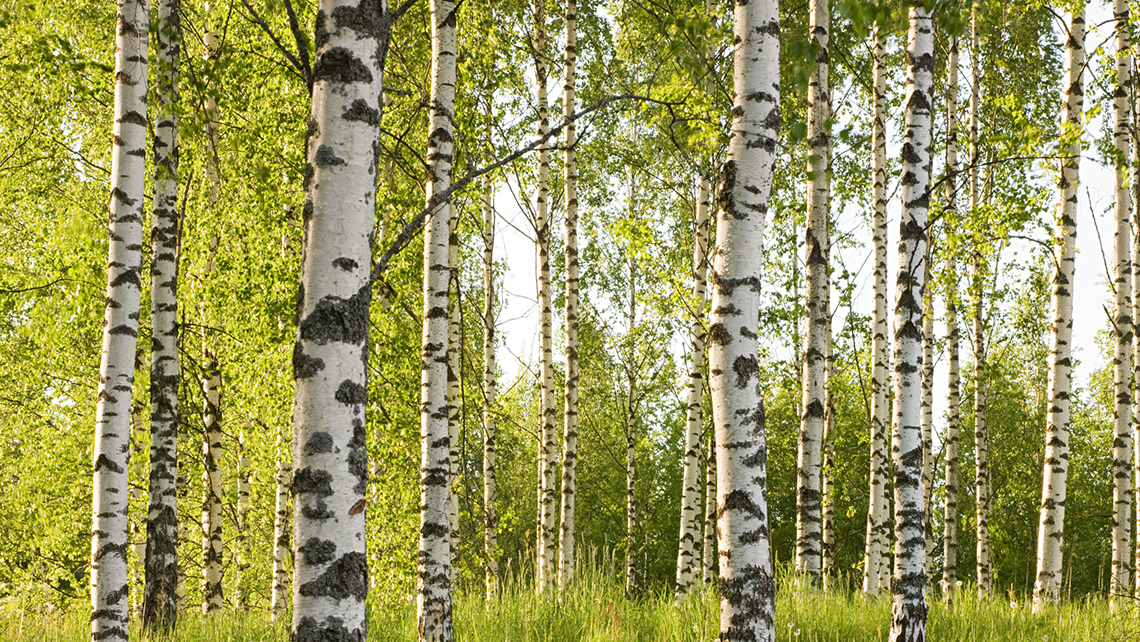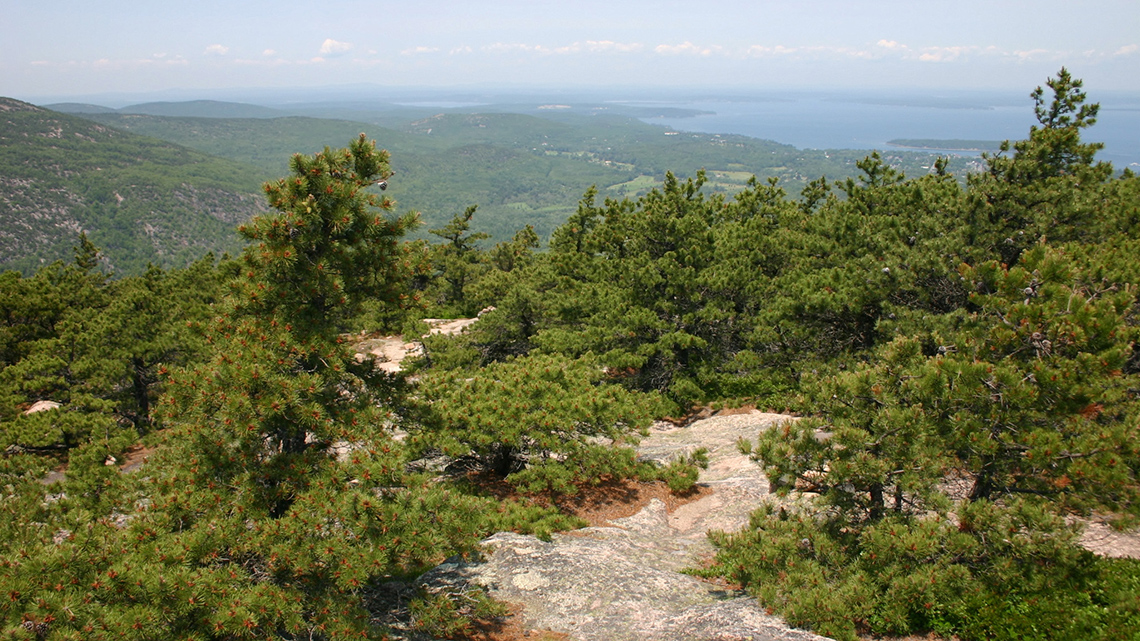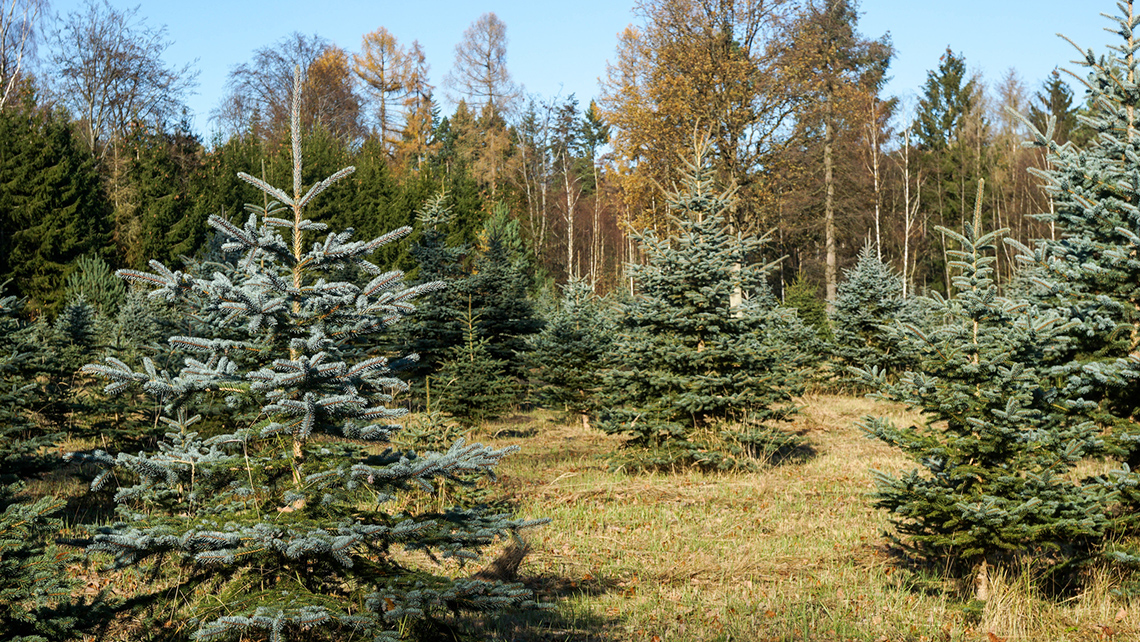Minds On
The importance of trees
Explore the following image of things that humans get from plants, and in particular, trees!

A tree surrounded by circles representing things that humans get from plants, including oxygen, food, firewood, clothes, furniture, paper, medicine, and shelter.
Plants and trees do not just benefit humans; animals need trees to survive, too!
Brainstorm
Plants helping animals
- How do plants and trees help animals to meet their basic survival needs?
Record your brainstorm using a method of your choice.
Press ‘Answer’ to access one possible answer.

An image representing the interdependence between animals and plants. Plants provide oxygen in the air for animals, and animals breathe out carbon dioxide in the air for plants. Animals eat plants and other animals. When dead plants and animals decompose, they provide nutrients in the soil for other plants and animals.
Trees provide habitats for birds and animals. They also provide food in the form of leaves, fruits, or bark.
Like humans, animals rely on the oxygen that is released by trees and other plants. They also breathe out carbon dioxide that is needed by trees, just like humans!
Action
Types of Trees
Trees can be used for many diverse purposes.
Scientists estimate that there are over 60, 000 species of trees in the world. For thousands of years, Indigenous peoples have cultivated a relationship with trees and have used them for transportation, shelter, and food.
Explore the following carousel of some types of trees that are native to Canada.
You have explored some different species of trees, and the many ways that they can support natural habitats as well as be used by humans for food, shelter, and more!
You may also have noticed two important tree terms: coniferous and deciduous. These are important scientific terms for describing different species of trees.
Coniferous trees
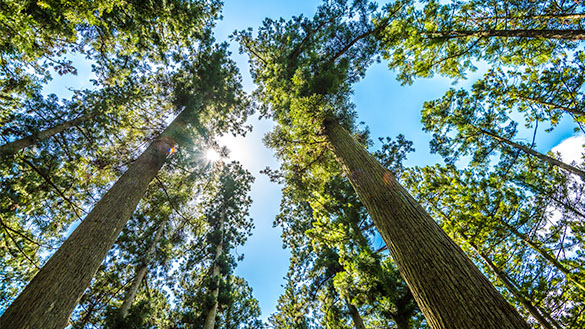
Cedar trees
Coniferous trees have thin leaves called needles that they never lose. These trees stay green all year round and grow cones instead of fruits or flowers
Examples of coniferous trees include cedar, pine, Douglas fir, and spruce trees.
Deciduous trees

Beech Trees
Deciduous trees lose their leaves each year when the season changes from fall to winter, and then grow them back in spring. When the season changes from summer to fall, the leaves of these trees change colour and fall to the ground (that’s why that season is called fall!).
Examples of deciduous trees include beech, maple, elm, and willow trees.
How do animals use different trees?
Animals need both coniferous and deciduous trees for all kinds of basic needs! Let’s learn more about how animals rely on trees.
Beavers are one species of mammal that has a special relationship with trees.
Explore the following Animal Wonders Montana video entitled “How Animals and Trees Help Each Other” to learn more about beavers and trees!
Use the information from the previous video to complete the following sorting activity.
Cultural uses for trees
While all humans can rely on trees for basic physical needs like oxygen to breathe, there are many unique uses for trees across diverse cultural communities.
Let’s explore how First Nations communities use plants and trees in Western Canada by engaging with specific steps of the Scientific Research Process.
Scientific research process

In Science we ask questions to help us figure out what the problem is. For this task we are asking, “How do different First Nations communities traditionally use trees within their culture?”

Time to learn! We can learn things from different places and people. For this task we will explore two videos to learn how trees are used in the Haida Gwaii and NuChaNulth Nations.

It’s time to record what you have learned. You could write it down or make an audio or video recording. For this task we will record responses to the questions following each video.
Haida Gwaii Nation
Kajsa is from the Haida Gwaii Nation in British Columbia. She is going to share diverse ways that her community uses plants and trees.
Explore the following Raven’s Quest video entitled “Kajsa” to learn more about her community. As you explore, notice any ways that trees or plants are being used.
How are trees or plants used by members of the Haida Gwaii Nation?
Record your answer using a method of your choice.
Press ‘Answer’ to access some possible answers.
- You can use seaweed for food and lotion (there is gel inside).
- Cedar bark can be used to make baskets, roses, hats, and many other things. It’s important not to take too much cedar at one time to keep the tree healthy!
NuChaNulth Nation
Chyyah is from the NuChaNulth Nation in British Columbia. She is going to share diverse ways that her community uses plants and trees.
Explore the following Raven’s Quest video entitled “Chyyah” to learn more about her community. As you explore, notice any ways that trees or plants are being used.
How are trees or plants used by members of the NuChaNulth Nation?
Record your answer using a method of your choice.
Press ‘Answer’ to access some possible answers.
- Plants, berries, and things we find in the forest can be used to make medicine.
- Cedar can be used to make cedar roses.
Consolidation
Trees are important!
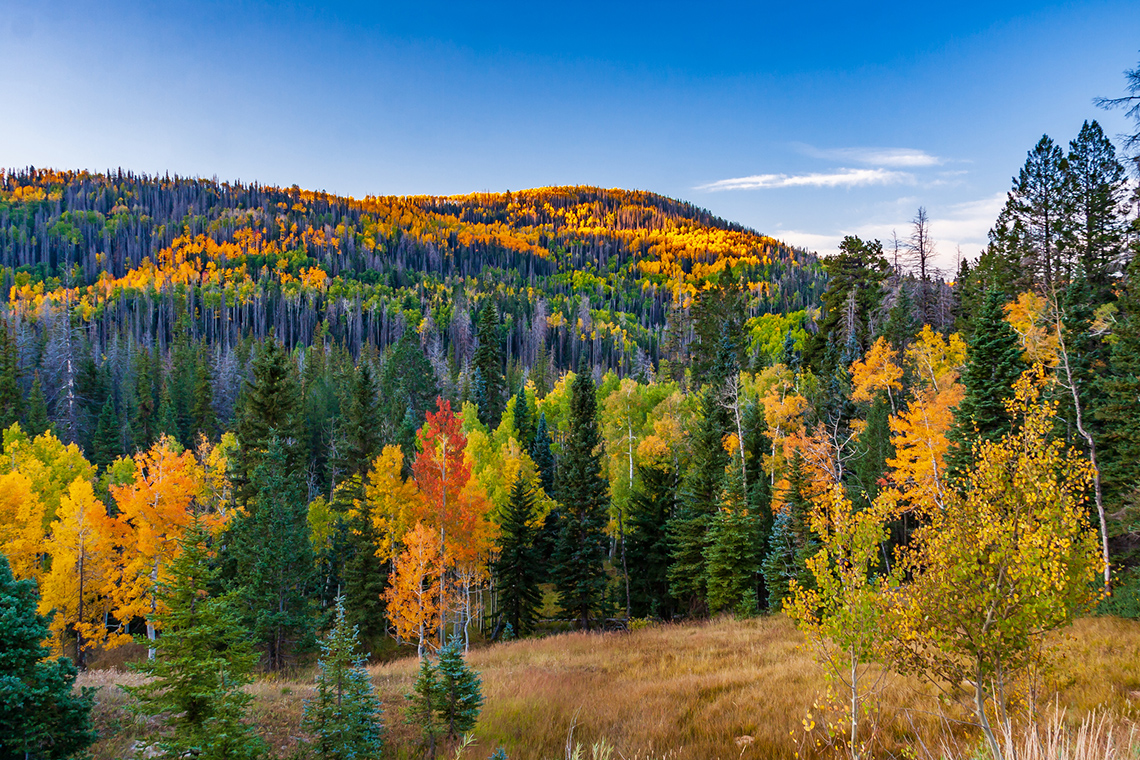
We have learned about the many ways that trees are important to both humans and animals.
Use the information from this learning activity to sort the following reasons that trees are important.
Describing connections
Choose one example of how trees are useful to both humans and animals, then describe the importance of this connection in your own words. Include any example of how plants are used to support both humans and animals from the previous Raven’s Quest videos we explored.
Record your description using a method of your choice, and use the following interactive checklist to help guide your response.
Describing the importance of trees checklist
In my description I have…
Reflection
How do you feel about what you have learned in this activity? Which of the next four sentences best matches how you are feeling about your learning? Press the button that is beside this sentence.
I feel…
Now, record your ideas about your feelings using a voice recorder, speech-to-text, or writing tool.
